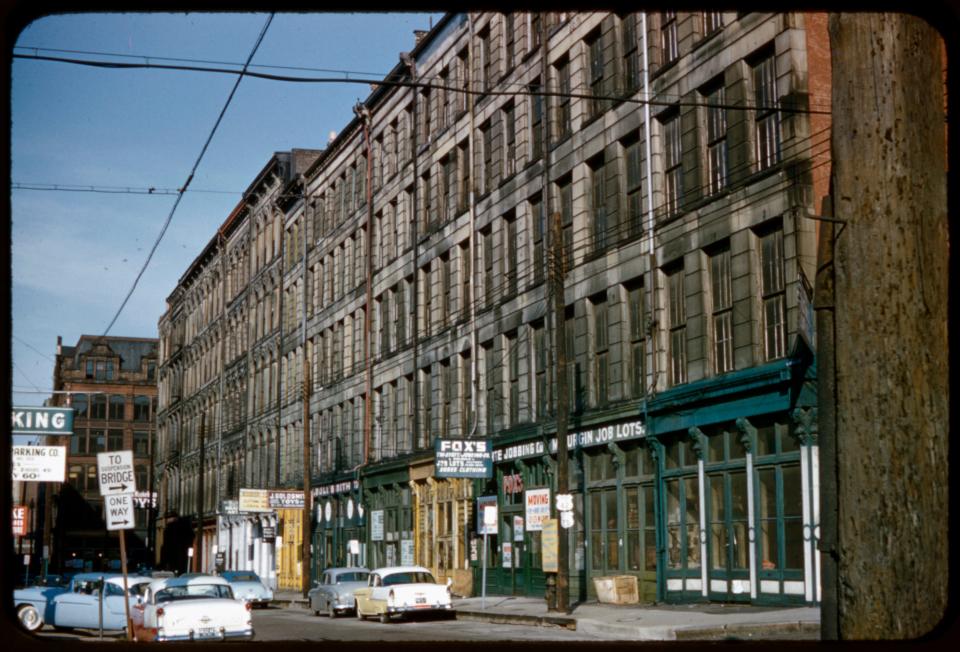History Channel's 'Food That Built America' spotlights grocery founder Bernard Kroger
- Oops!Something went wrong.Please try again later.
- Oops!Something went wrong.Please try again later.
- Oops!Something went wrong.Please try again later.

The nation's largest grocer was recently featured in a popular docu-series.
The June 25 episode of the History Channel's "The Food That Built America" featured Cincinnati-based supermarket chain Kroger. During the 42-minute episode, the show, which looks at the history behind America's most iconic food empires, examined the evolution of the modern-day grocery store, crediting founder Bernard Kroger as one of the most notable innovators.
For subscribers: Kroger shareholders urge company: Disclose pay by gender and race
According to Michael Ruhlman, author of "Grocery: The Buying and Selling of Food in America," Kroger, a farmhand who left school at the age of 14, invested his life savings of $350 dollars into opening his first grocery store in Downtown Cincinnati. Over a century later, his store would become America's largest grocery chain, with more than 2,700 locations in 35 states and sales of $137 billion.

But what was the origin of his success?
Kroger realized he was losing business to bakeries and sought to create a place where customers could buy all their items under one roof. This prompted the businessman to open a bakery inside the grocery store, an unheard-of idea at the time. Host Adam Richman said Kroger implemented this idea because he wanted to keep patrons in his store longer so they would buy other products, calling it "revolutionary."
"He essentially put one business inside of another business," Ruhlman said. "This is a turning point in the life of the grocery store."
Television: Esquire show spotlights Cincinnati, these local businesses
Despite pushback and death threats from Cincinnati bakeries, Kroger forged ahead, buying up rival grocery stores and attaching bakeries to them.
"Kroger knew he was onto something with this many people being angry," snack food historian Jason Liebig said. "What he also knew was his customers were loving it."
Due to the success of his innovation, Kroger stores would go on to offer other specialty food items like meat, dairy, fish, produce and more. Kroger also implemented the self-service model created by Piggly Wiggly founder Clarence Saunders in 1916. By 1929, Kroger's one-stop grocery stores would expand to 5,575 locations with $268 million in sales annually, approximately $5 billion by today's standards.
History: Before becoming a booming city, Cincinnati was a river town
"If there were a Mount Rushmore of grocers, Bernard Kroger would be on it," Ruhlman said.
To watch the full episode, visit history.com. You can also stream "The Food That Built America" on Hulu, Discovery Plus, Philo, Sling TV, The Roku Channel and more.
This article originally appeared on Cincinnati Enquirer: History Channel's 'Food That Built America' spotlights Kroger founder

